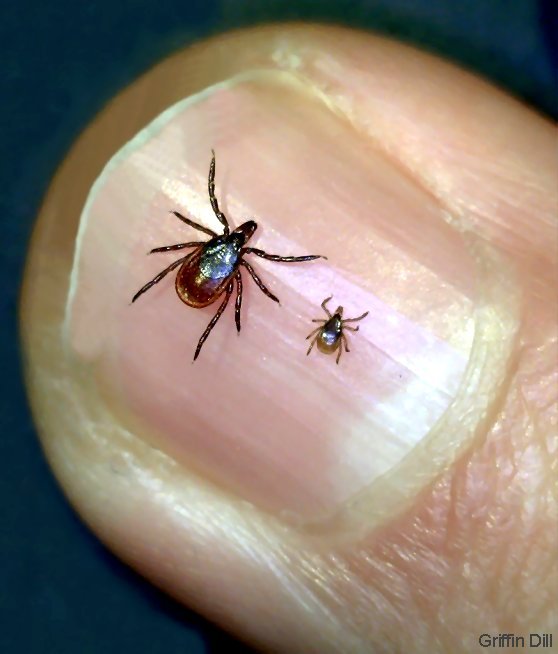Tick Control With A Deer Fence

- Studies have shown that by keeping out deer and other animals that carry ticks, you will also keep out ticks. A deer fence is effective for tick control, as much as a 90% reduction in ticks over time. Supporting information: Research 1 and Research 2
- Along with other methods, the Centers for Disease Control and Prevention (CDC) recommends constructing fences to keep deer and other animals out for tick control: CDC LINK
Why Should I Care About Tick Control?
Ticks carry nasty diseases such as Lyme Disease, Southern Tick-Associated Rash Illness STARI, Rocky Mountain Spotted Fever RMSF, Ehrlichiosis and Tularemia. CDC LINK
Are these tick borne diseases in my area? CDC LINK
How to build the best fence for Tick Control
- Build a fence tall enough to keep out deer. Our suggested height is 7 feet or higher of the proper type of fencing (see invisible deer fence for more info). If you use fencing that's too visible deer will try and jump your fence and will get in. A good example of a bad deer fence is a chain link fence with a top bar or top rail. Deer can effectively judge the height of the clearly visible bar and jump the fence.
- Choose a fence with overlap staked to the ground, preferably including a rodent barrier. By this we mean extra fencing (6" or more) that extends onto the ground and gets pinned to the ground. This covers changes in grade and prevents animals from pushing up or digging under the fence for access.
- Choose a fence with small opening sizes. The larger the openings, the more types of animals that will be able to get in.
- In extreme cases, choose one of these types of deer fences: deer fence kits with a top or deer fence kits with angled climbing protection which exclude climbing animals like raccoons.
It has been proven that installing a deer fence will help control ticks in an area, which in turn will help eliminate the diseases that ticks carry. If you believe you are in an area with a large tick population, please take precautions. For example, tuck your pant legs into socks and spray your socks with insect repellent. Also, check yourself carefully for ticks after outdoor activity. Tick borne illnesses are very serious and should not be taken lightly.




